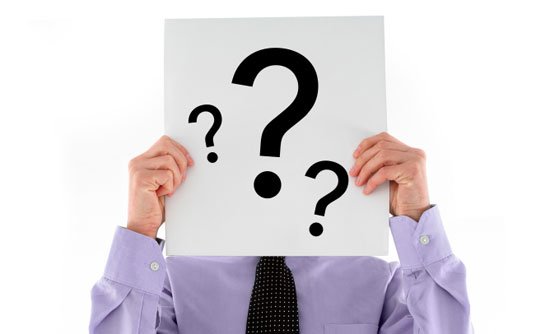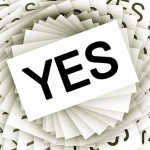What? So What? What If? Now What?
They say that experience is the best teacher. In fact, the favored concept of the moment in corporate learning is 70:20:10, with its heavy preference for experiential learning. Commonly interpreted as “learning by doing,” it implies that expertise develops simply as a passive consequence of activity.
But why do some profit more from experience than others?
The truth is that experience alone is just history. In order for experience to educate, even transform, one’s behavior, it has to be inspected, analyzed, challenged and applied. How do we move from simply observing an experience to learning from it?
Purposeful reflection is the secret ingredient in experiential learning. Whether alone with one’s thoughts or in a group workshop, questions help us mold the rough carbon of experience into diamonds of wisdom.
I once facilitated a workshop on employee feedback in which we used a series of video vignettes to prompt a discussion of best and worst practices. In a room of thirty-plus participants who watched the same video, there were completely different perspectives on the characters. In the scenario, some saw a petulant employee while others saw a domineering manager. We couldn’t attempt to draw conclusions about the subject until we looked at it from all angles.
In my last blog, Channeling Socrates: from Instruction to Interview, I asked whether great facilitation was “a spontaneous art or the result of a skillful design.” My research unearthed numerous models of reflective practice that serve equally well as both an individual exercise and as a team learning strategy.
Experiential Learning is a concept that has been studied and defined by education theorists for over seventy years. Although many variations of the models are complex, four elements were described in the 1970’s by David Kolb:1
- Concrete experience
- Observation of and reflection on that experience
- Formation of abstract concepts based upon the reflection
- Testing the new concepts
As usual, the simplest models are the most elegant and useful. The questions What? So What? What If? Now What? condense Kolb’s process into a simple structure that any coach or facilitator can apply to help individuals or teams extract insight from experience.
What?
Describing an experience is the first critical step. We all know the fable of the blind men and the elephant – people see, hear and experience the same thing in many different ways. What just happened? What did we observe? What is the problem? It’s important to establish (to ourselves or with others) the “facts” of an experience.
So What?
Having recalled or clarified the actual events, we begin to analyze the experience. What reactions or feelings did the experience create? Was the outcome successful or disappointing? Is the situation relevant to my work or role? Do we agree or disagree with the behaviors we observed in others?
What If?
This question prompts us to think creatively about alternate approaches to similar situations we might encounter in the future. What if the employee had explained her position more clearly? What if the manager had asked a few more questions? Would I have accepted such criticism with an open mind? How can I demonstrate respect for new ideas?
Now What?
Having processed the experience against our emotional context, we’re now ready to internalize the lessons learned and plan next steps. We consciously imagine opportunities to apply the new insights. We may even identify an immediate situation and create an action plan that employs new behaviors.
Purposeful reflection is an important way to bring together theory and practice. By asking the simple questions – What? What If? So What? Now What? – experience, thoughtfully inspected, has become learning!
Have you ever asked yourself these questions? How did it affect your learning experience?
1. Kolb, D.A. and Fry, R. (1975) “Toward an applied theory of experiential learning” in C. Cooper (ed.), Theories of Group Process, London: John Wiley.





